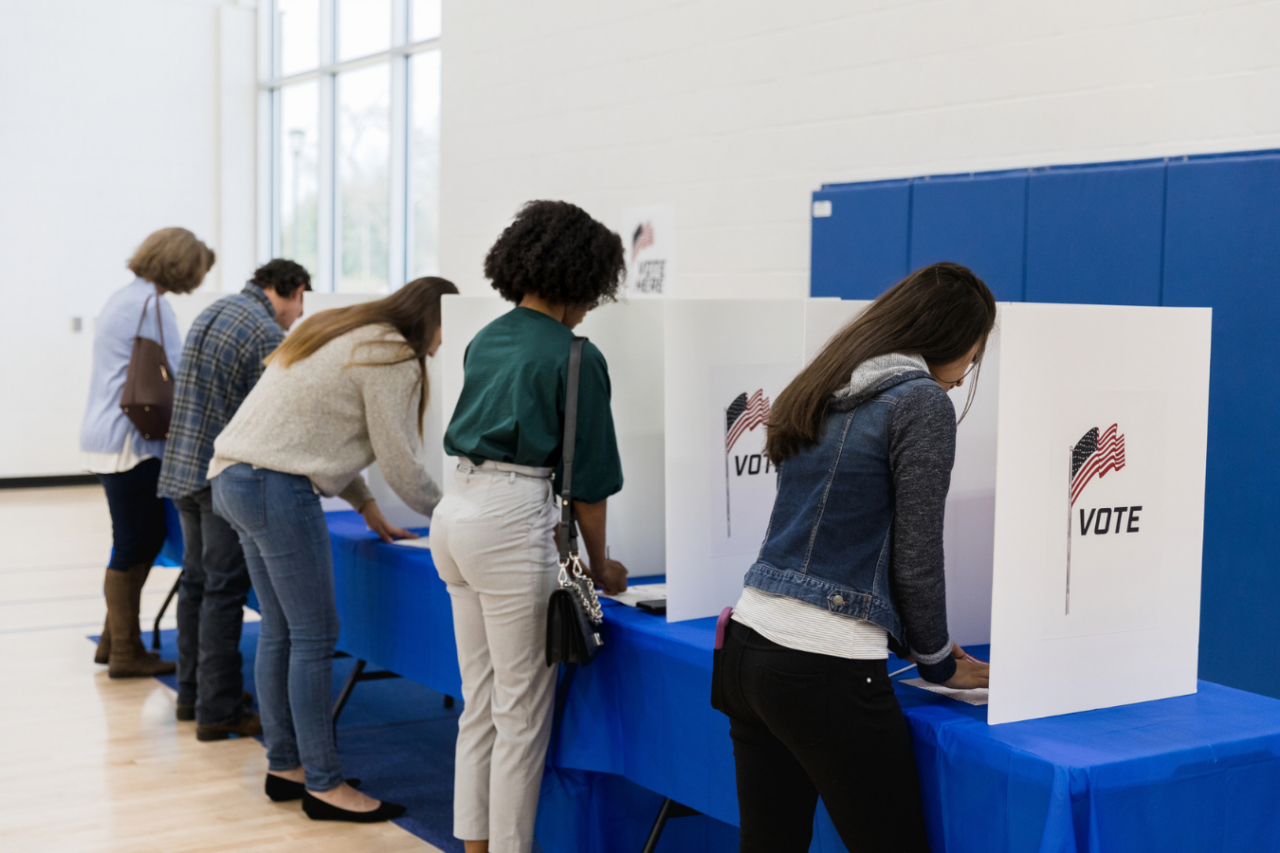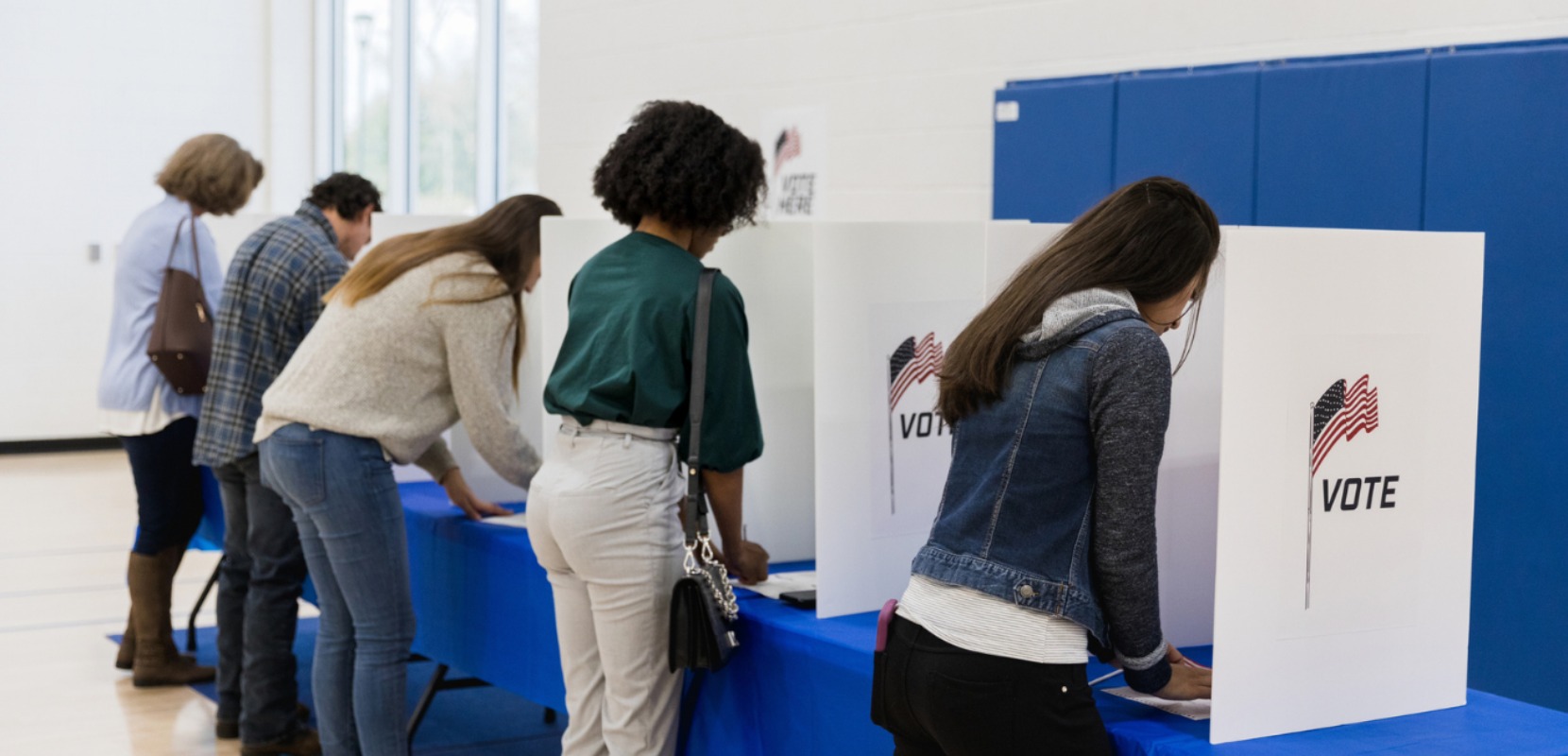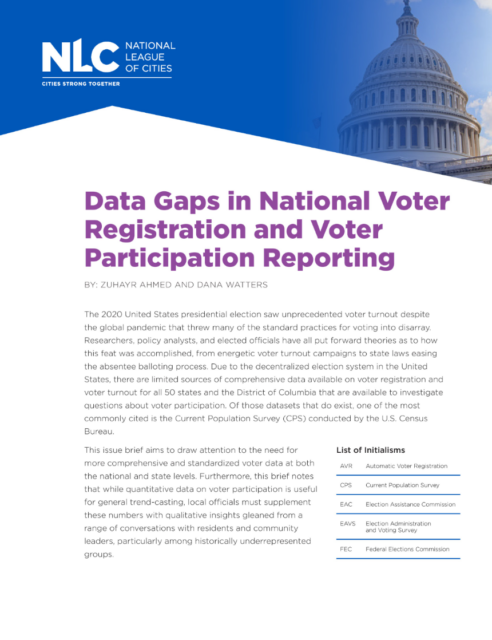
The Current Population Survey (CPS) is administered by the U.S. Census Bureau and samples households across all 50 states and the District of Columbia on a monthly basis. Every two years—in November, following federal elections—the CPS asks supplementary questions about voting and voter registration. The voting-focused supplement asks household respondents if they are registered to vote and whether they voted in the November general election.
Following each general election, the Election Assistance Commission (EAC) conducts the Election Administration and Voting Survey for all 50 states plus the District of Columbia, Puerto Rico, Guam, American Samoa, and the Virgin Islands. This survey contains data on voter turnout, including total votes cast and number of registered voters per state, provided by statewide election authorities.
Many voter participation initiatives and analyses rely on CPS data, particularly for registration statistics, and local leaders depend on it to gauge the civic health of their communities. In this brief, NLC compares data from the CPS’ voting supplements for 2016 and 2020 with data from state-level agencies in order to determine how well the Census Bureau’s survey estimates aligned with certified results:
- Taking into account taking the survey estimates’ margins of error, we find that 31 states showed an increase in total votes from 2016 to 2020, while 20 states showed an increase in voter registration. The remaining states’ estimates have inconclusive results that cannot be directly compared, reflecting survey results that fall outside the margins of error.
- We find that factors including low survey coverage and responses, survey methodology, or inaccurate survey responses may impact the results.
- We conclude that CPS survey data is not an accurate reflection of voter registration or turnout, but caution against misinterpreting this to mean that CPS data is fraudulent or invalid.
Download the brief for suggestions on how local leaders can better understand what barriers exist to voter registration and voter participation in their communities and recommendations for more standardized, transparent data on voting and elections.

